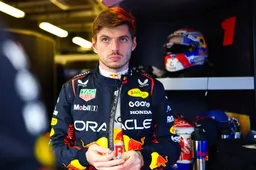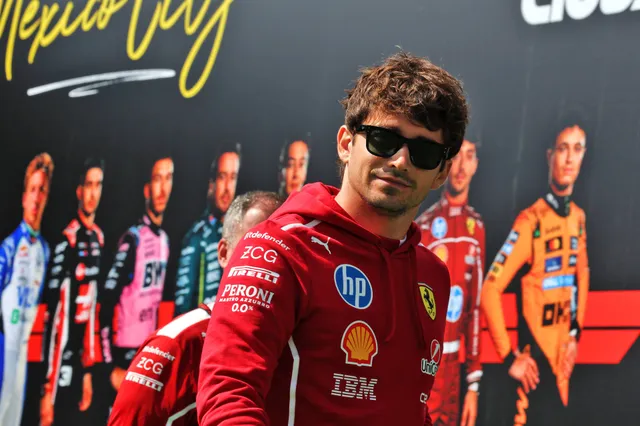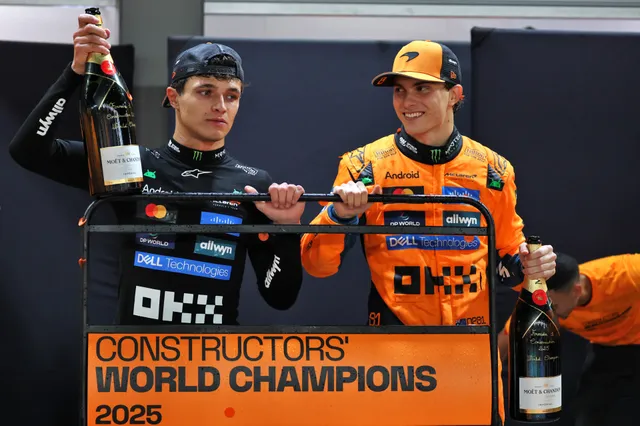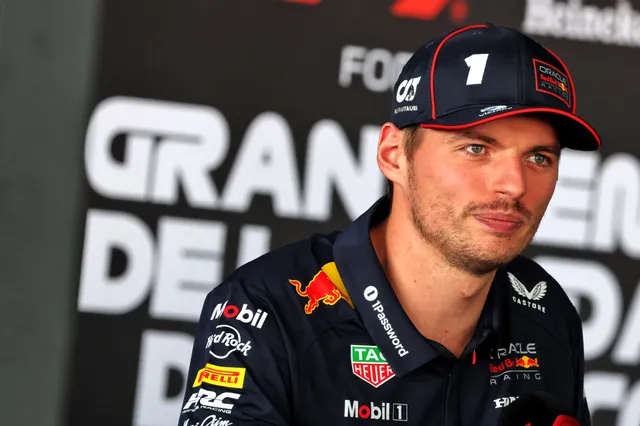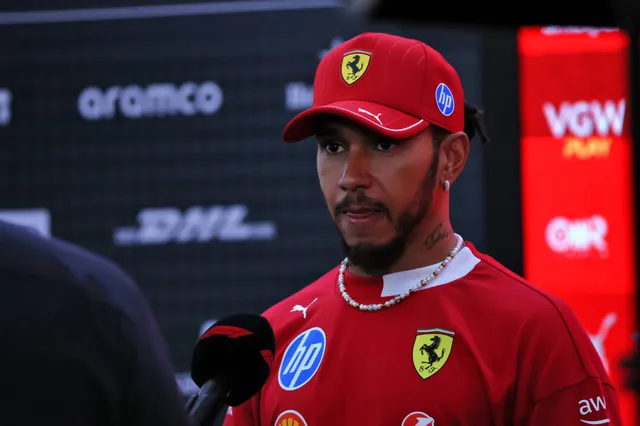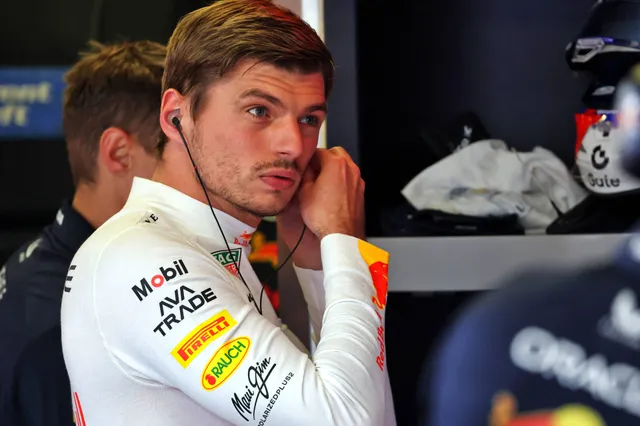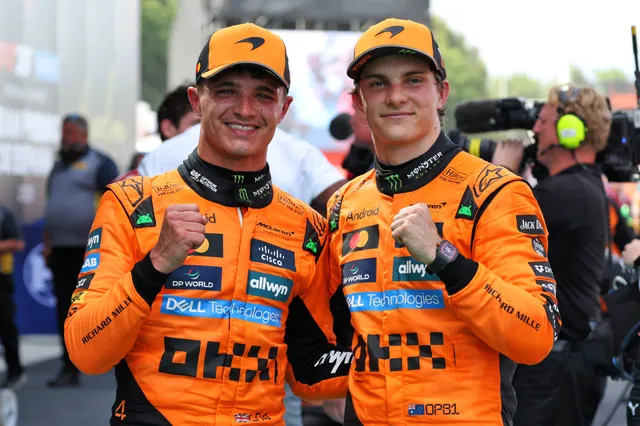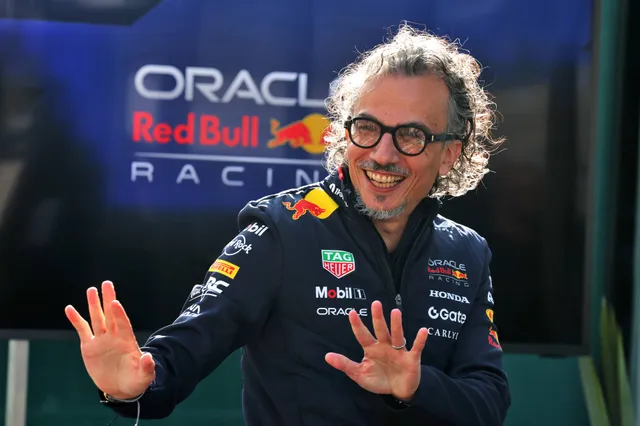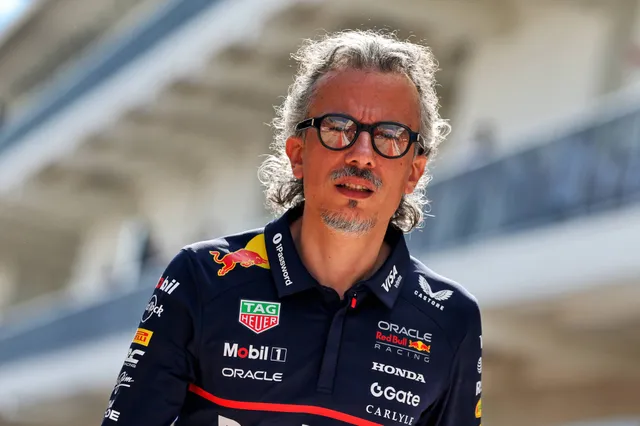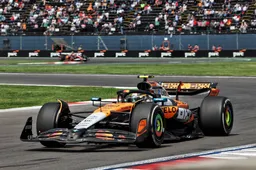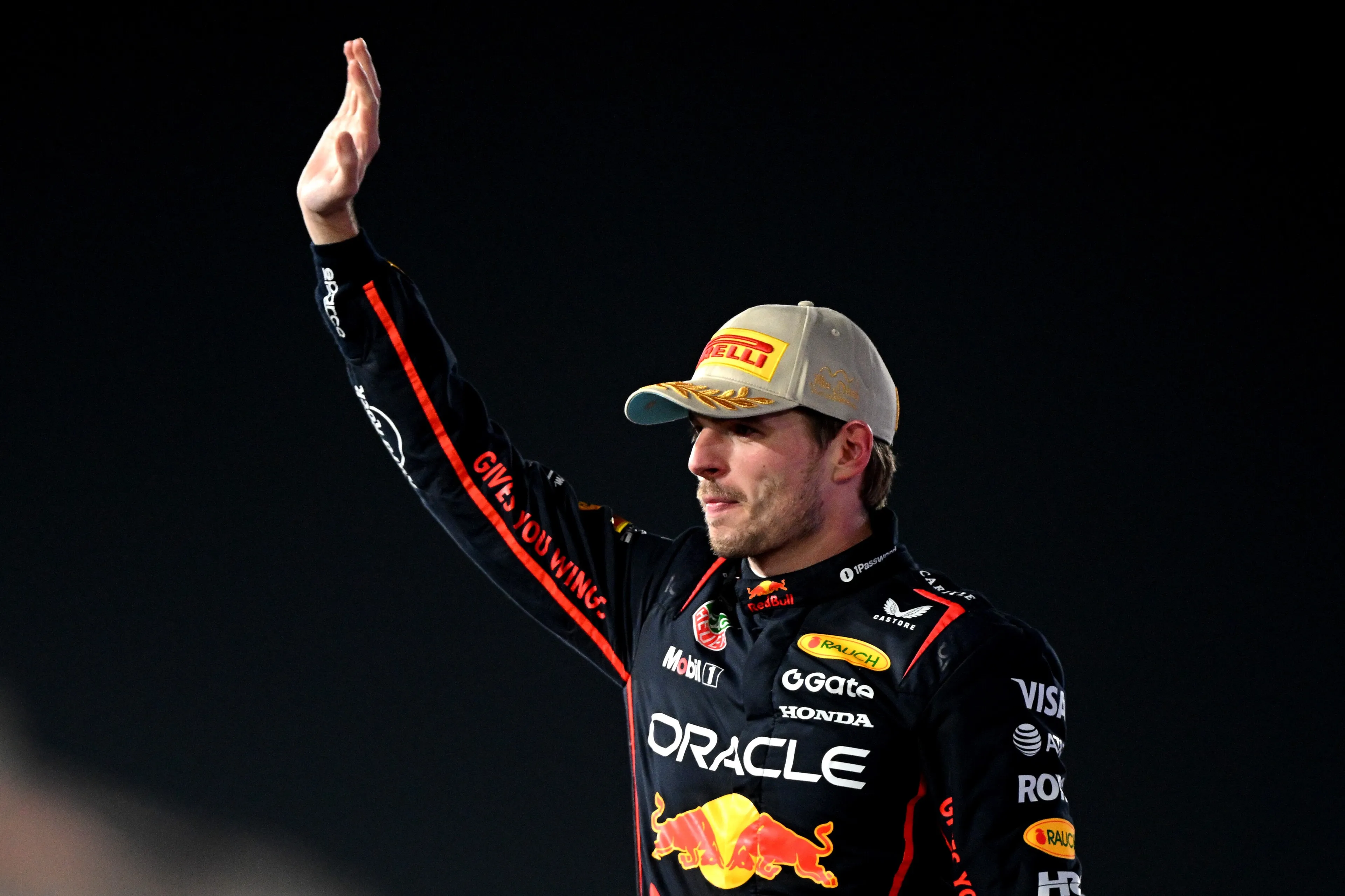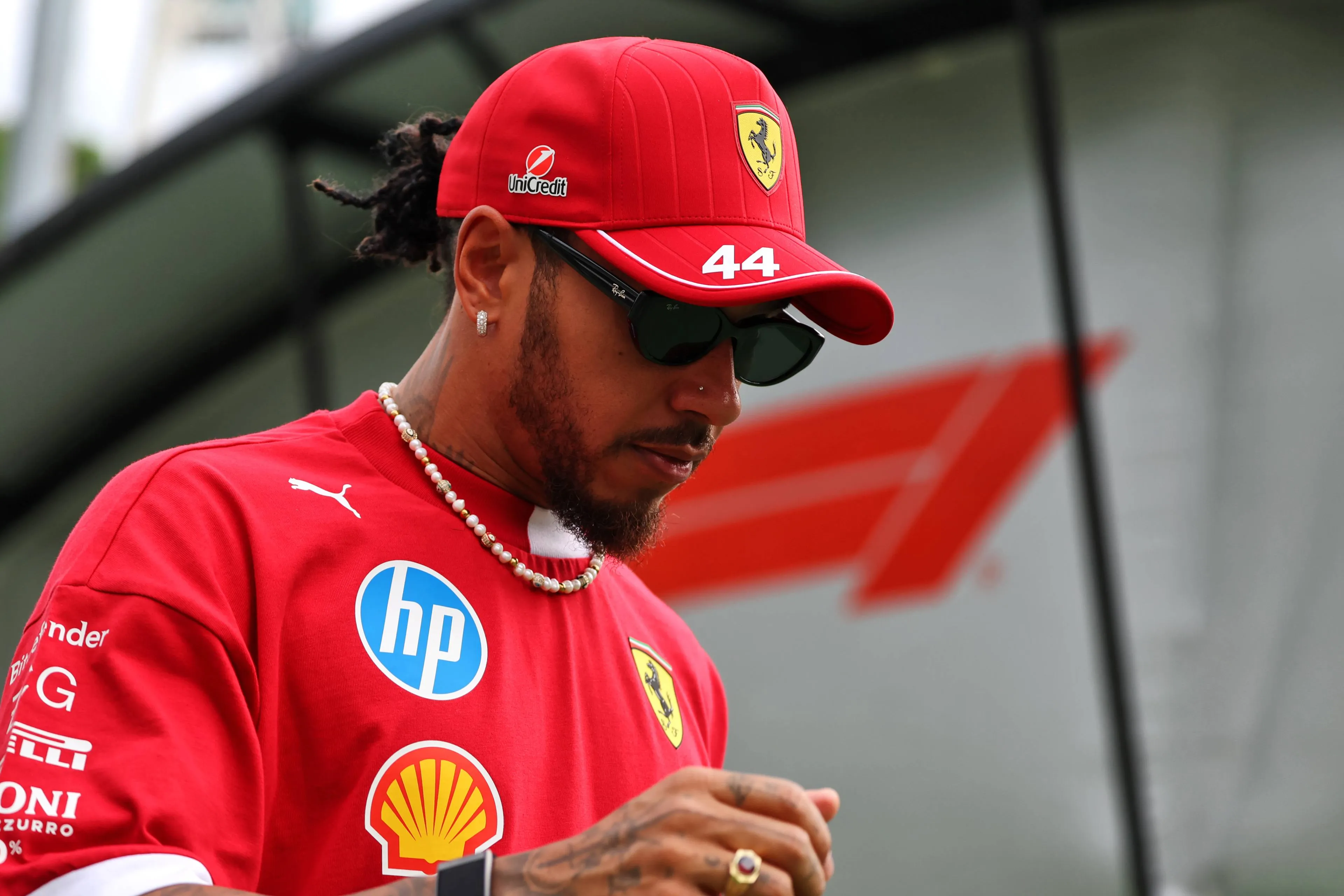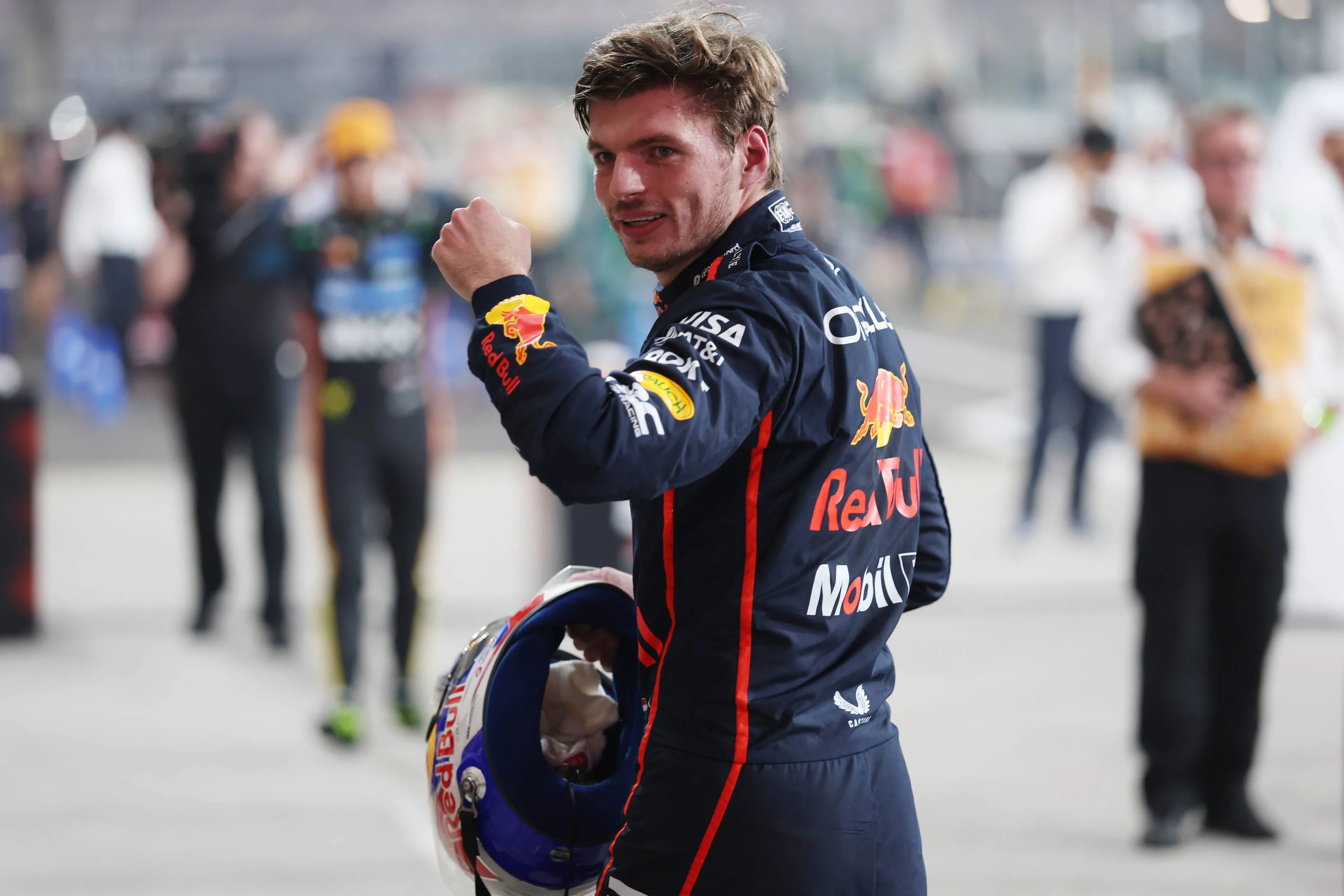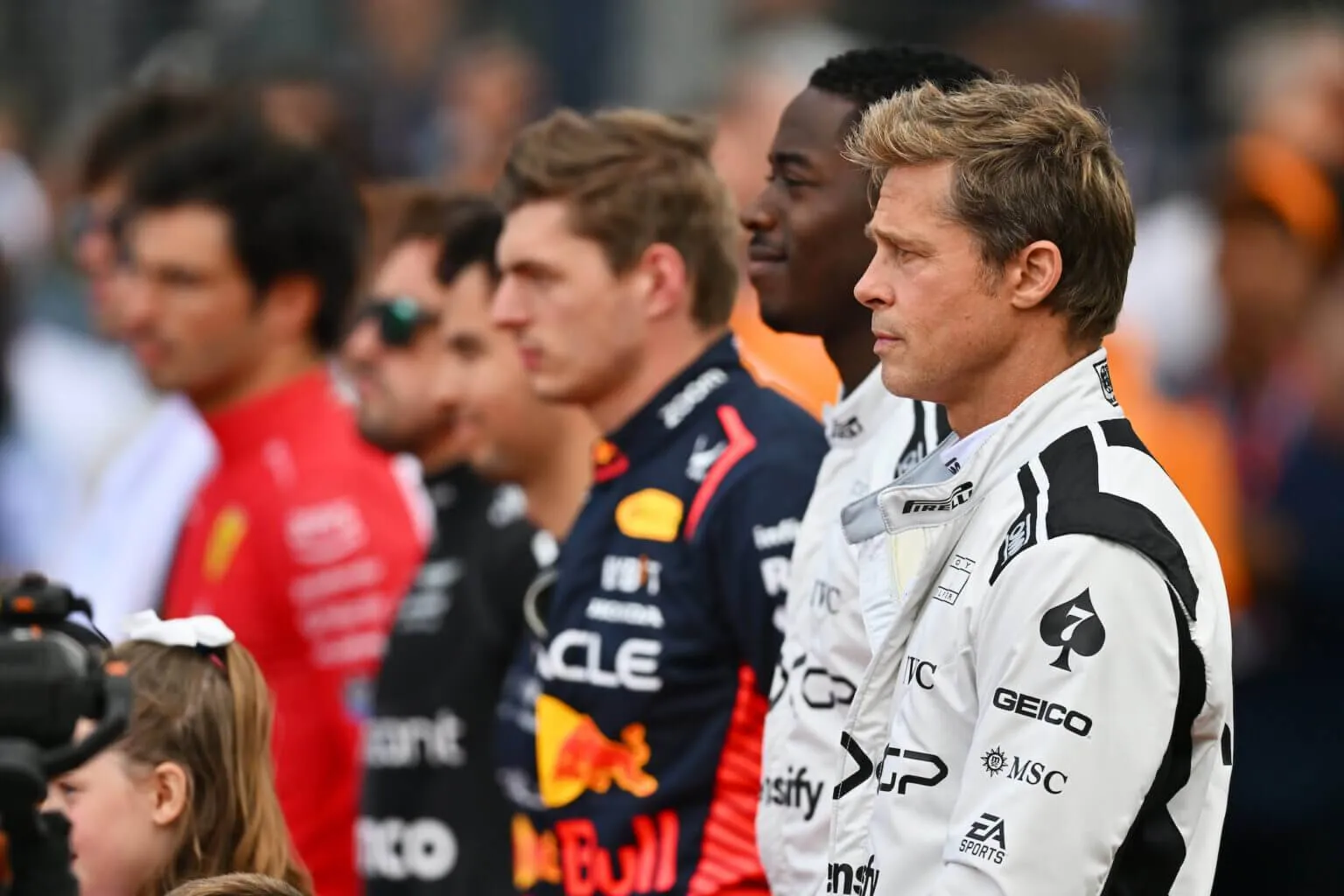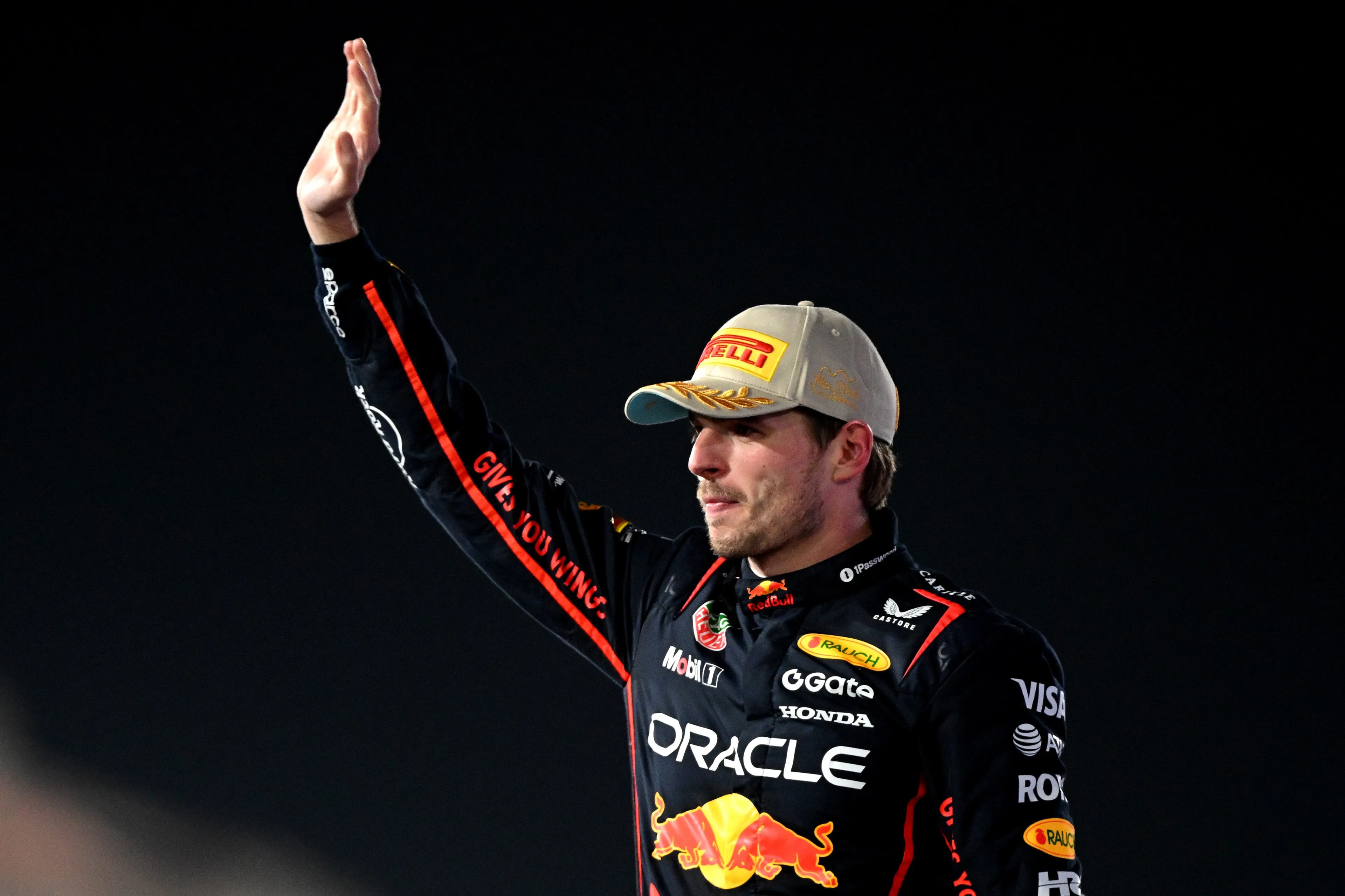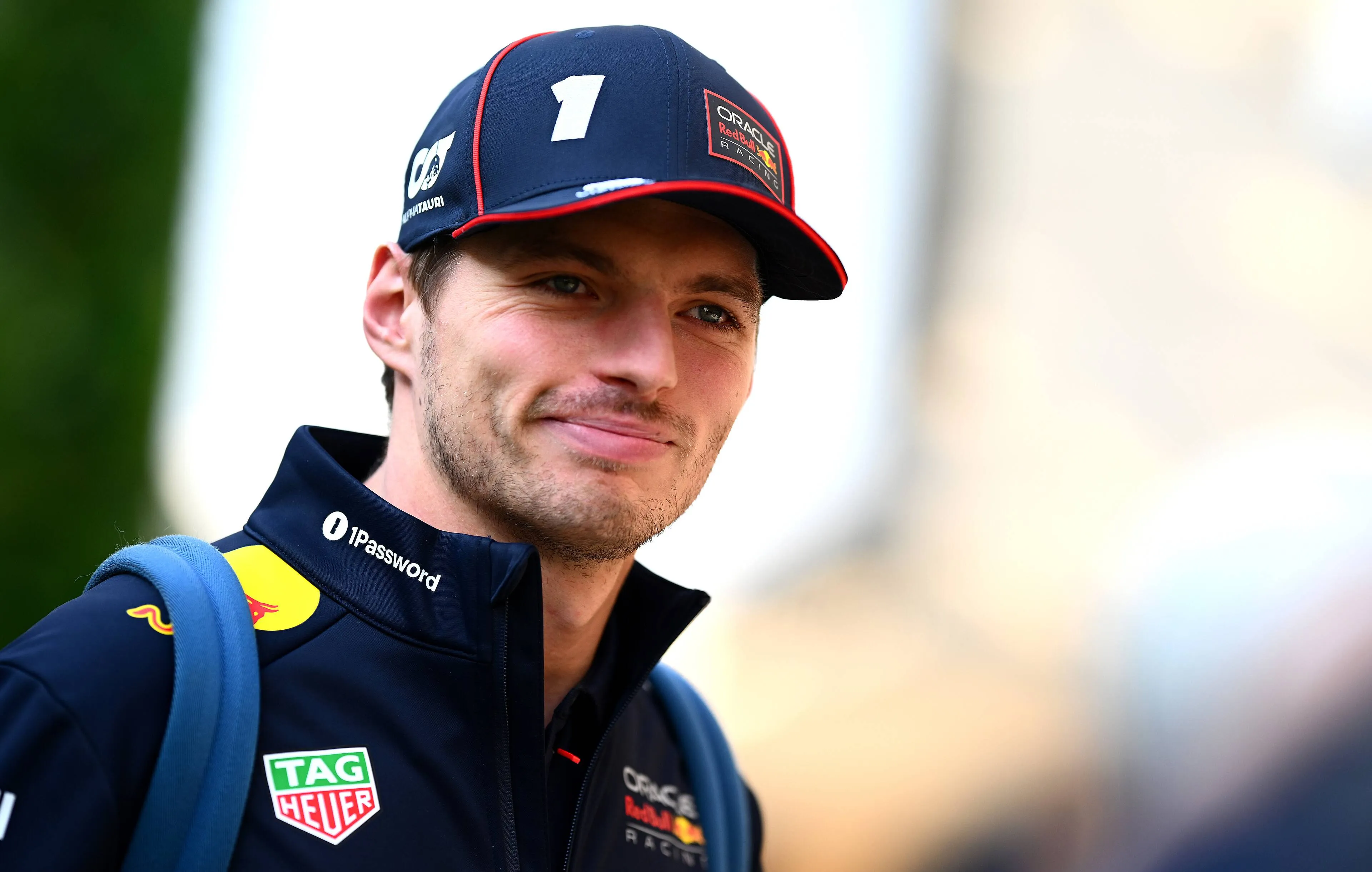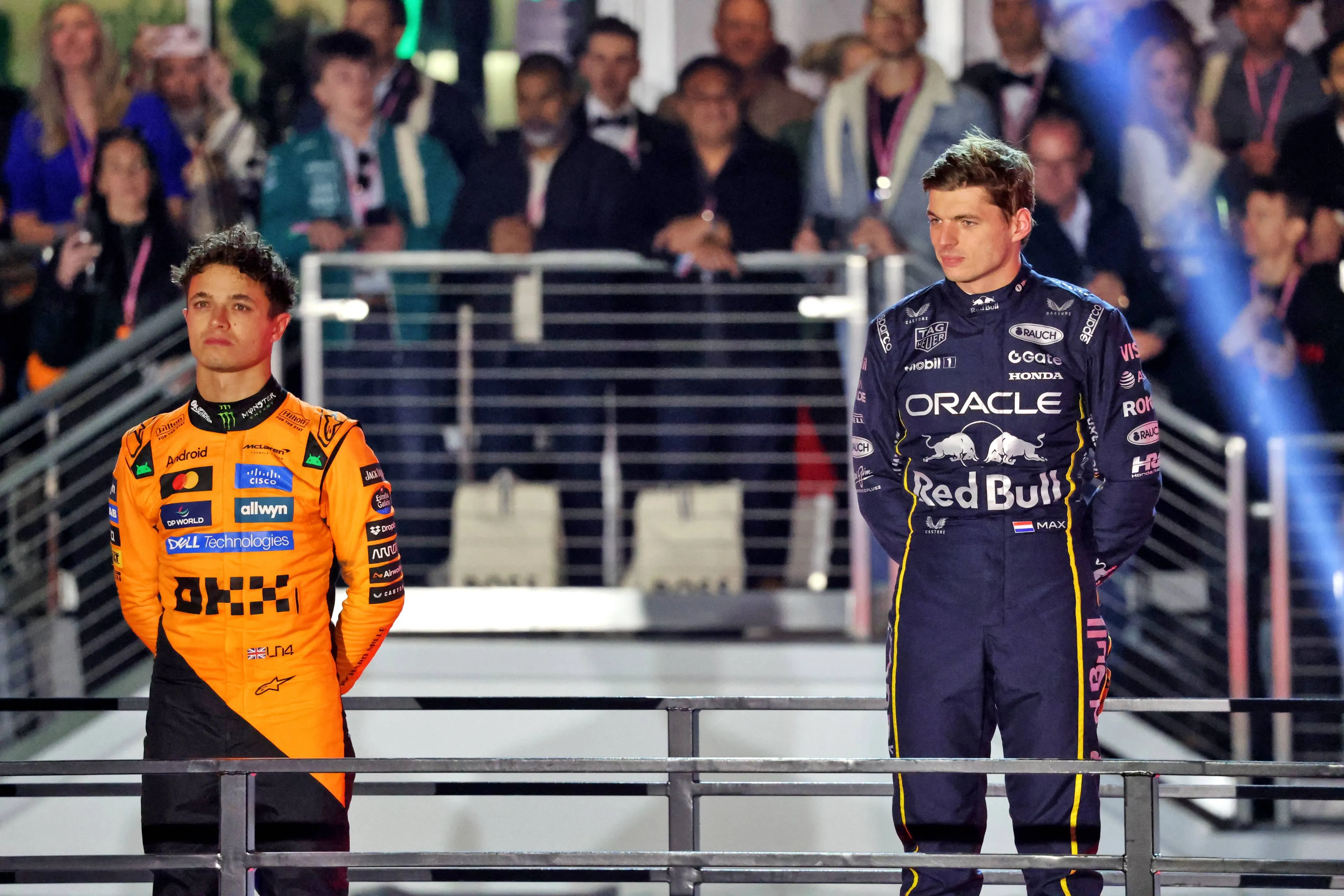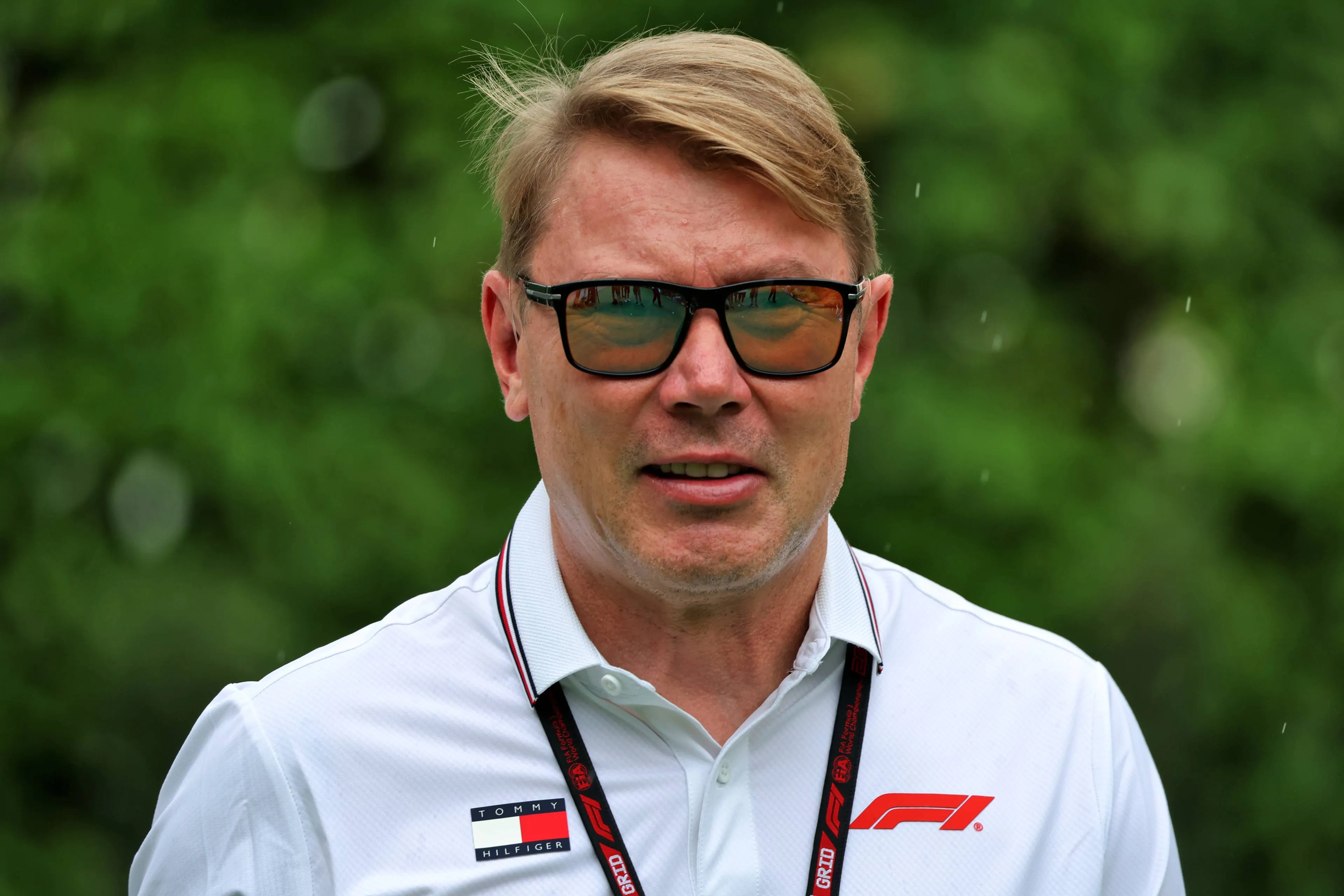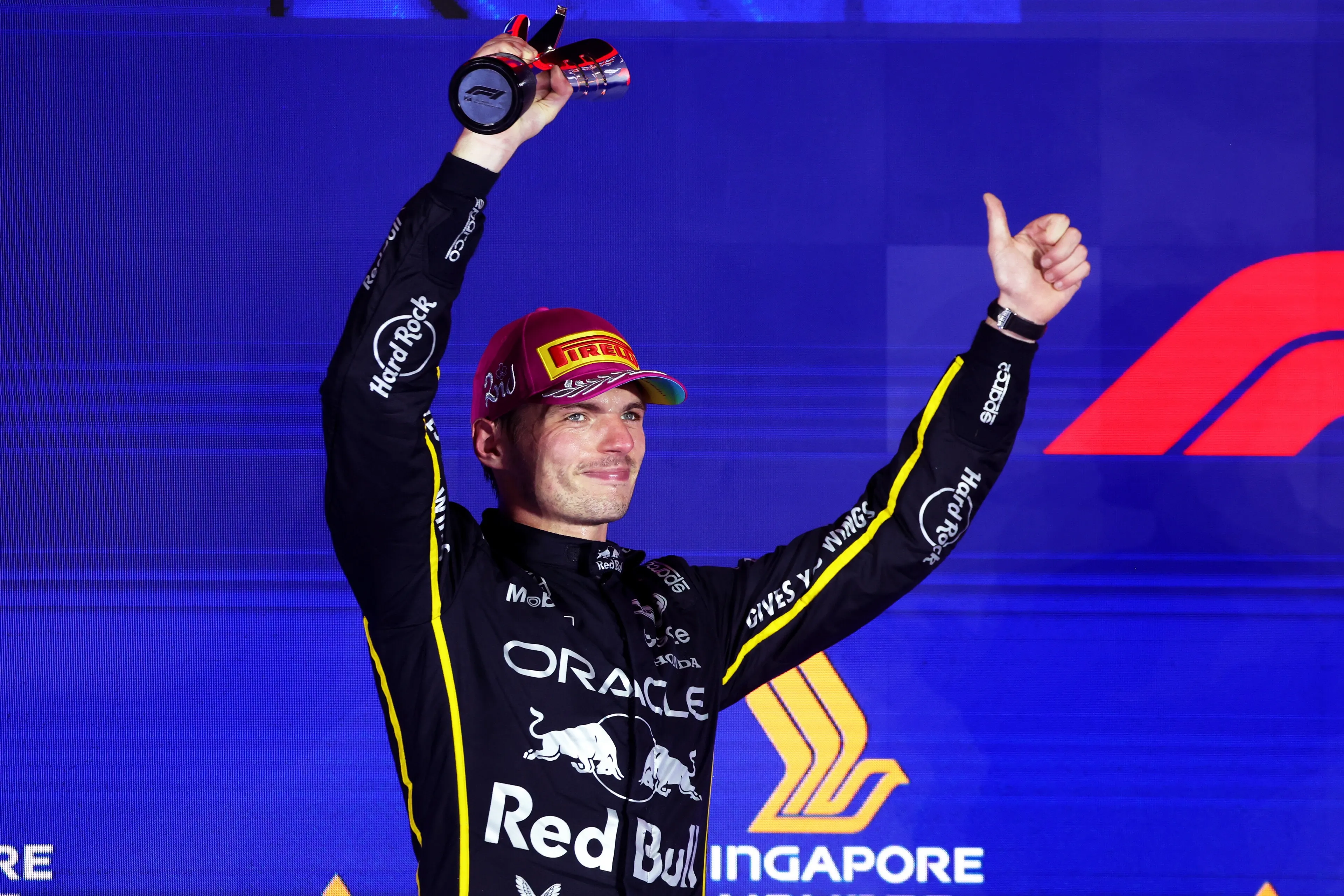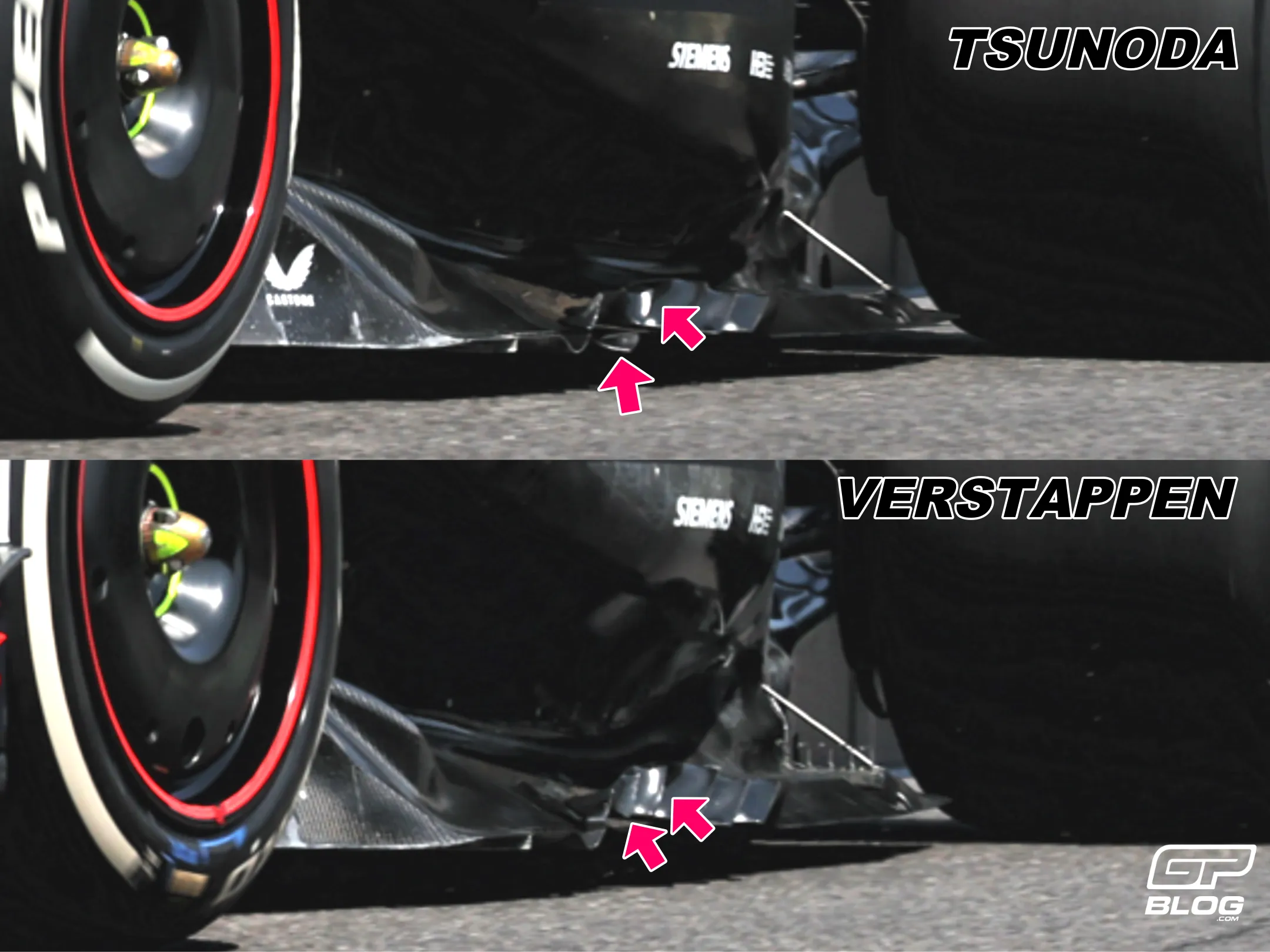
F1 Tech | Verstappen with a new floor, McLaren phenomenal in race pace
Red Bull confirmed as the fastest on the single lap, with McLaren seemingly unapproachable in the race pace simulations, especially with Norris.
The first day of action at the Autodromo Hermanos Rodriguez offered a very tight grid, with a changing scenario in terms of performance between qualifying simulations and race pace simulations.
Red Bull demonstrated to have a much calmer and quicker car on the soft tyre over the single run, while Lando Norris was unbeatable on the race pace run on the soft tyre. Let’s try to have a look at what emerged from the first two practice sessions.
With many drivers replaced by rookies during FP1, teams used the first hour of practice to test their set-ups and new components, without focusing on performance.
FP2 was the first representative session of the weekend and most teams tried to get the most out of it, doing a lot of long runs simulation to understand the behaviour of the soft C5 and the medium C4 on high fuel loads.
Read also
What emerged from the second session was a quickest Red Bull on the soft tyre in qualifying simulation, with McLaren faster in the long runs especially with Lando Norris, able to set times 0.8 second faster than competitors on average. This difference in performance was also related to the set-up choices made by both teams for the weekend.
McLaren still struggling in qualifying simulation
For what concerns McLaren, they shifted the balance towards the front-end to prevent graining on the front tyres on high fuel load. For this reason, they adopted the same medium-high downforce rear wing used last time out in Austin, matched with a single element beam wing, despite the high downforce required by the thinner air conditions.
As shown in the image below, in fact, the mainplane has a very "boxy" shape, with a more loaded central section and a more unloaded lateral portion.
The central portion is characterised by a flatter entry profile, designed to maximise the downforce generated in this section (green arrow), while the airfoil has a much more inclined shape and a much reduced chord at the endplate connection (blue arrow), to reduce drag and improve top speed.
Last but not least, as highlighted by the yellow arrow, the DRS flap tip has a more pointed shape and protrudes in the lower portion, to better manage vortex generation in a critical area.
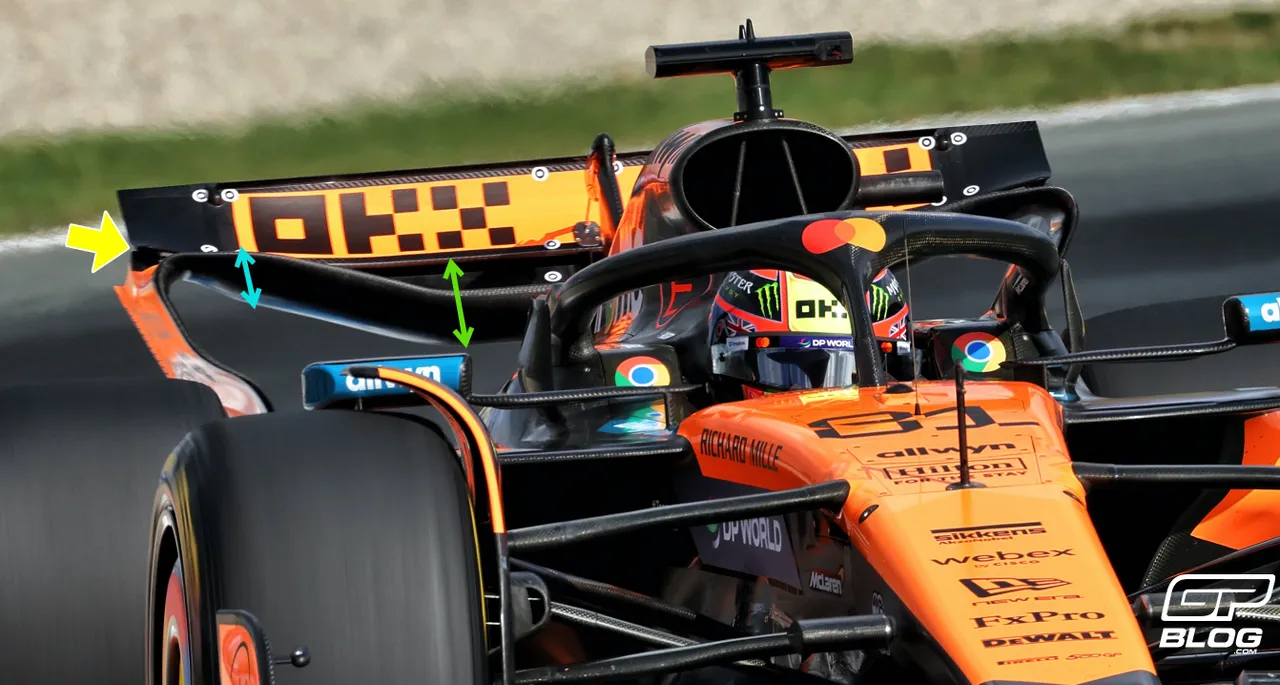
This rear wing design mainly aims at generating a lot of downforce from the central portion of the mainplane, while still having a good top speed both when the DRS is closed and when the system is activated.
This set-up, however, negatively affected performance over the single lap: during the first few laps on the mediums with low fuel load in FP2, Norris and Piastri massively struggled with the rear, sliding a lot both in traction zones and in high speed corners.
This problem also occurred during the runs on the soft tyre, as they were losing a lot of time to competitors in the second and third sectors.
However, as soon as fuel was loaded on the car, the MCL39 completely changed behaviour: the more grip available on the front axle prevented graining from appearing, and the stable rear-end allowed Norris to complete a long run simulation on the soft tyre that was way quicker than what everyone expected, as shown in the graph below.
On the other side of the garage, Piastri seemed to struggle more with the balance of the car, as already happened in Austin.
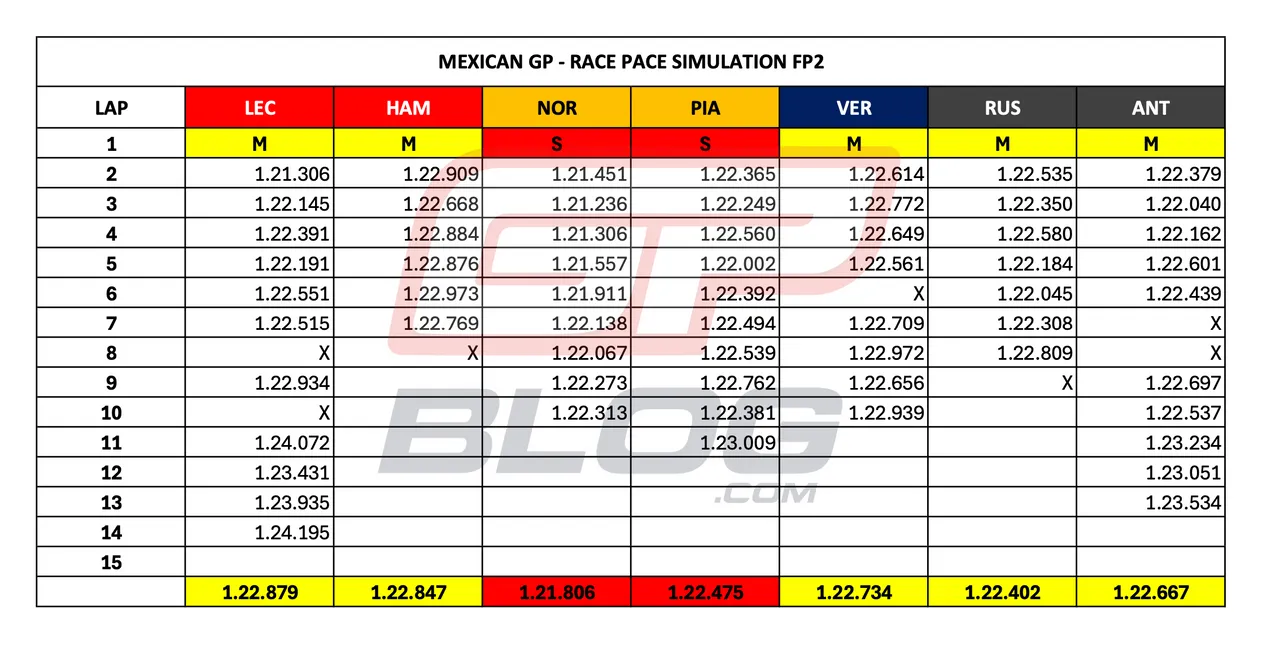
For the Woking team it’ll be now important to find a balance in terms of performance between qualifying and the race: as we’ve already seen during the last few weekends, overtaking has become more and more difficult and thus it’ll be fundamental to have a good qualifying session to have any chance to fight for the victory. The long straights will clearly help in terms of overtaking, but the performance in qualifying will establish which driver can effectively fight for the victory.
Read also
Red Bull with a new floor only on Verstappen's car
For what concerns Red Bull Racing, they introduced another major update this weekend, specifically a new floor only on Verstappen’s car. As shown in the picture below, the new component was characterised by a different design of the main floor body and of the floor edge.
As for the floor body, the G-line has been modified compared to the previous version and now has a more curved shape that adheres more closely to the bodywork.
This means that the floor body has been widened in the section next to the floor edge, increasing the flow of air flowing underneath it and thus increasing the downforce produced.
Furthermore, changes to the floor edge wing are also evident: the new spec features two additional vortex generators in the most forward portion, while Tsunoda's version is characterised by two small overlapping "fins" (pink arrows).

The goal of this new component is to generate more efficient downforce from the floor body, to allow engineers to run skinnier rear wings and have a better top speed. This new design is the development of the path undertaken with the floor introduced in Monza, which gave enormous benefits in terms of performance.
After Lindblad tested it in FP1, Verstappen kept using it during FP2, but the result seemed conflicting: despite giving a good feeling to the driver during the qualifying simulation on the soft tyre, the RB21’s balance on the long run seemed all over the place for the World Champion. In particular, he struggled in warming up the medium tyres and was unable to set competitive lap times.
During the usual post practice interviews held by F1TV, he commented his performance as follows: “The balance wasn't even off, there was just no grip, that is the bigger concern. So as soon as you go in a sustainable run, the tyres are going hot. Yeah, we were nowhere.”
Read also
It’ll be fundamental for the team to work between Friday and Saturday to improve the performance on high fuel load, otherwise it’ll be extremely difficult to fight for the victory with such a competitive McLaren.
Ferrari and Mercedes with a positive Friday
Moving now on to analyse Ferrari and Mercedes first day of action, both cars behaved better than expected and seemed quite close to Red Bull and McLaren in the qualifying simulations: the SF-25 ran a high downforce set-up, the same one used last time out in Austin and this choice, together with a slightly higher engine mode than competitors, allowed Leclerc to set the second quickest time in FP2, separated by Verstappen by only 0.153 seconds. The performance in the long runs seemed quite promising as well, even if the lap times became way slower after a few laps on the tyre.
On the other hand, Mercedes seemed very promising in the qualifying simulation especially with Kimi Antonelli, who ended the session in P3, separated by just 19 thousands of a second from Leclerc in P2. The Italian also completed a very positive long run on the mediums, with an average that was a couple of tents faster than Leclerc’s.
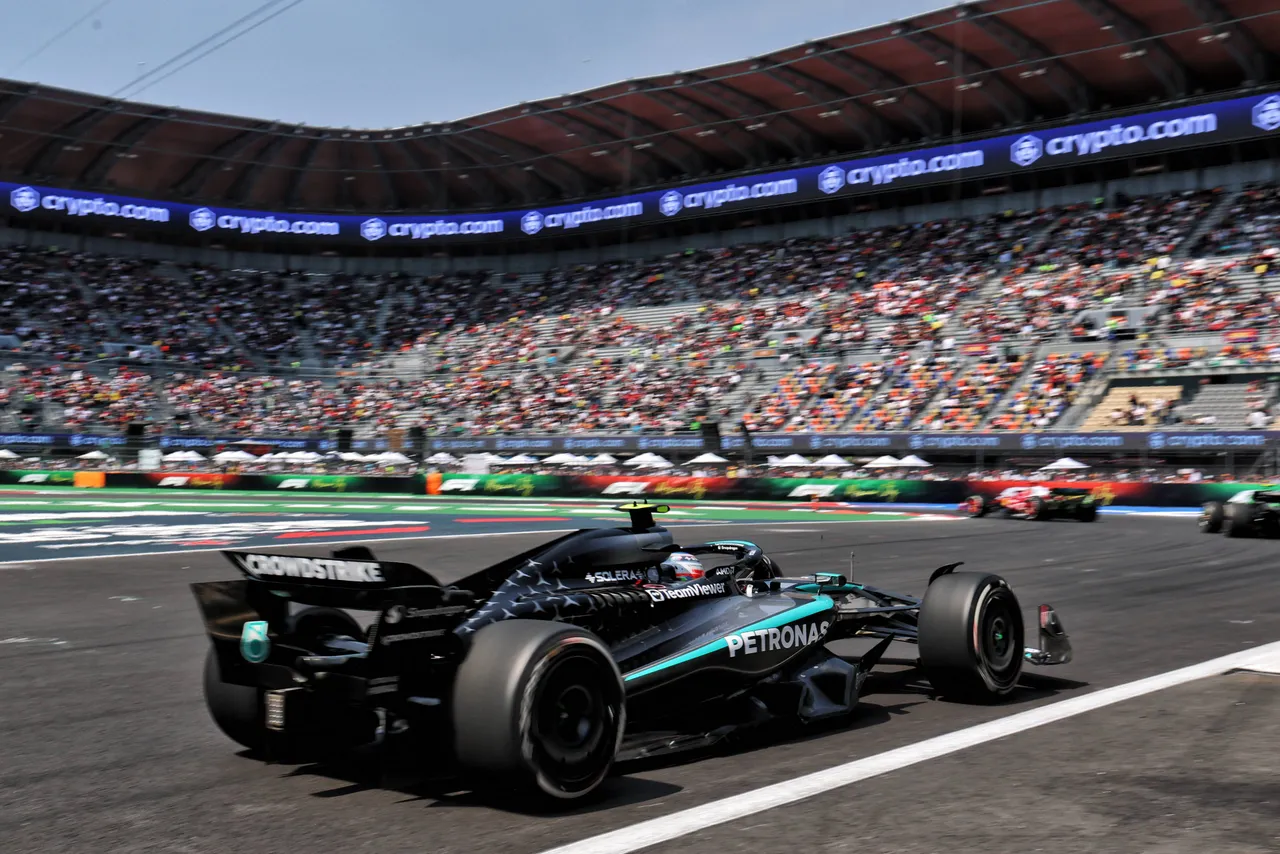
The W16 demonstrated a very solid grip especially in the first and last sector, the two characterised by slow speed corners and straights, where the great traction provided by the mechanical system made a crucial difference.
For both Ferrari and Mercedes it’ll be fundamental to improve their performance before FP3 to try to be as closer as possible to Red Bull and McLaren and possibly fight for important positions during qualifying.
Read also
Popular on GPBlog
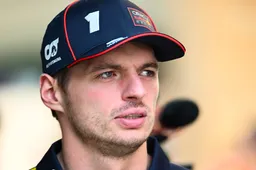
Verstappen makes the switch to Mercedes and is therefore in Portugal

Button's 'wish' comes true! Alonso will become father in 2026
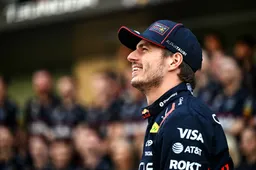
Hill: 'Hamilton on his way out, Verstappen is now the F1 grid's target'
